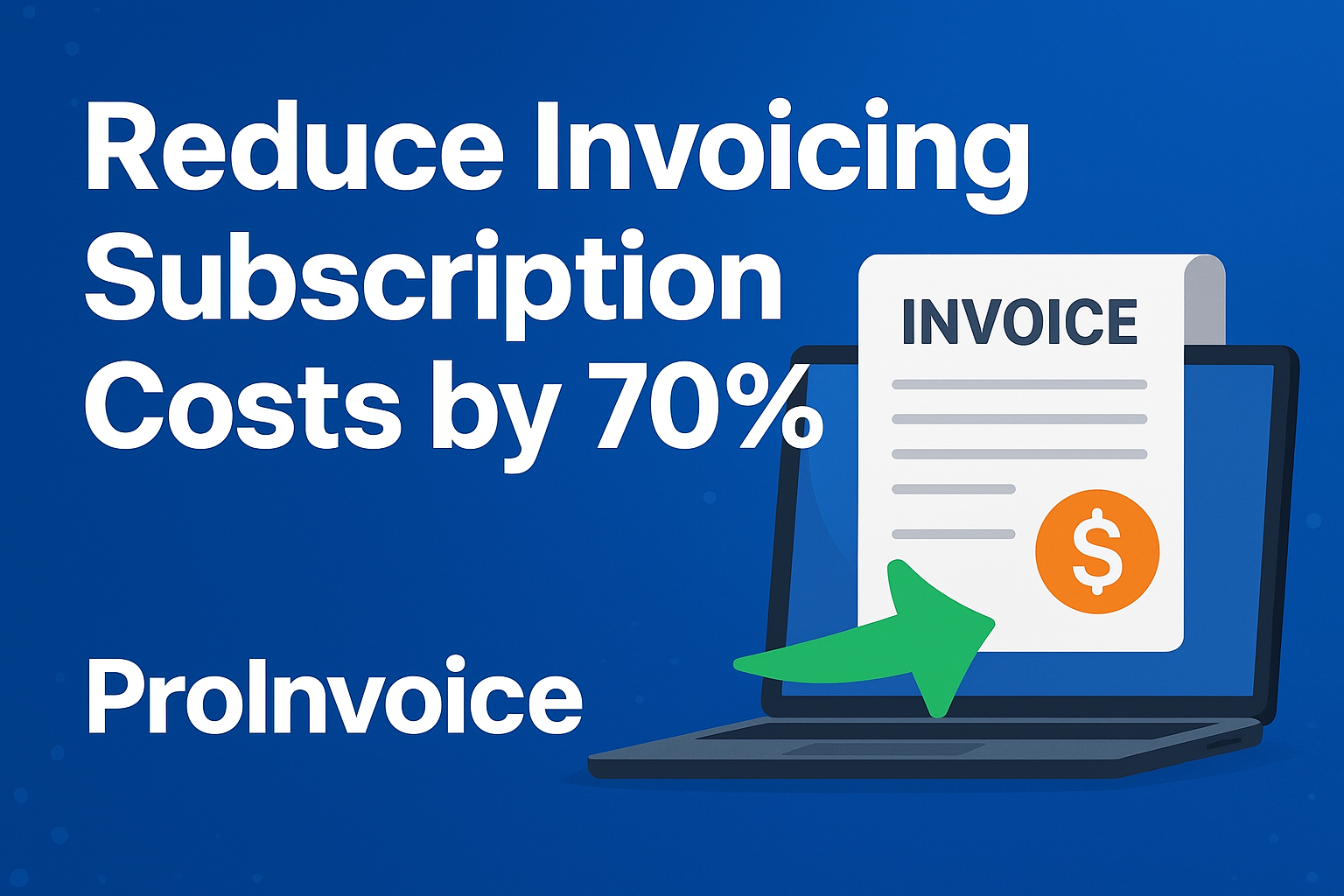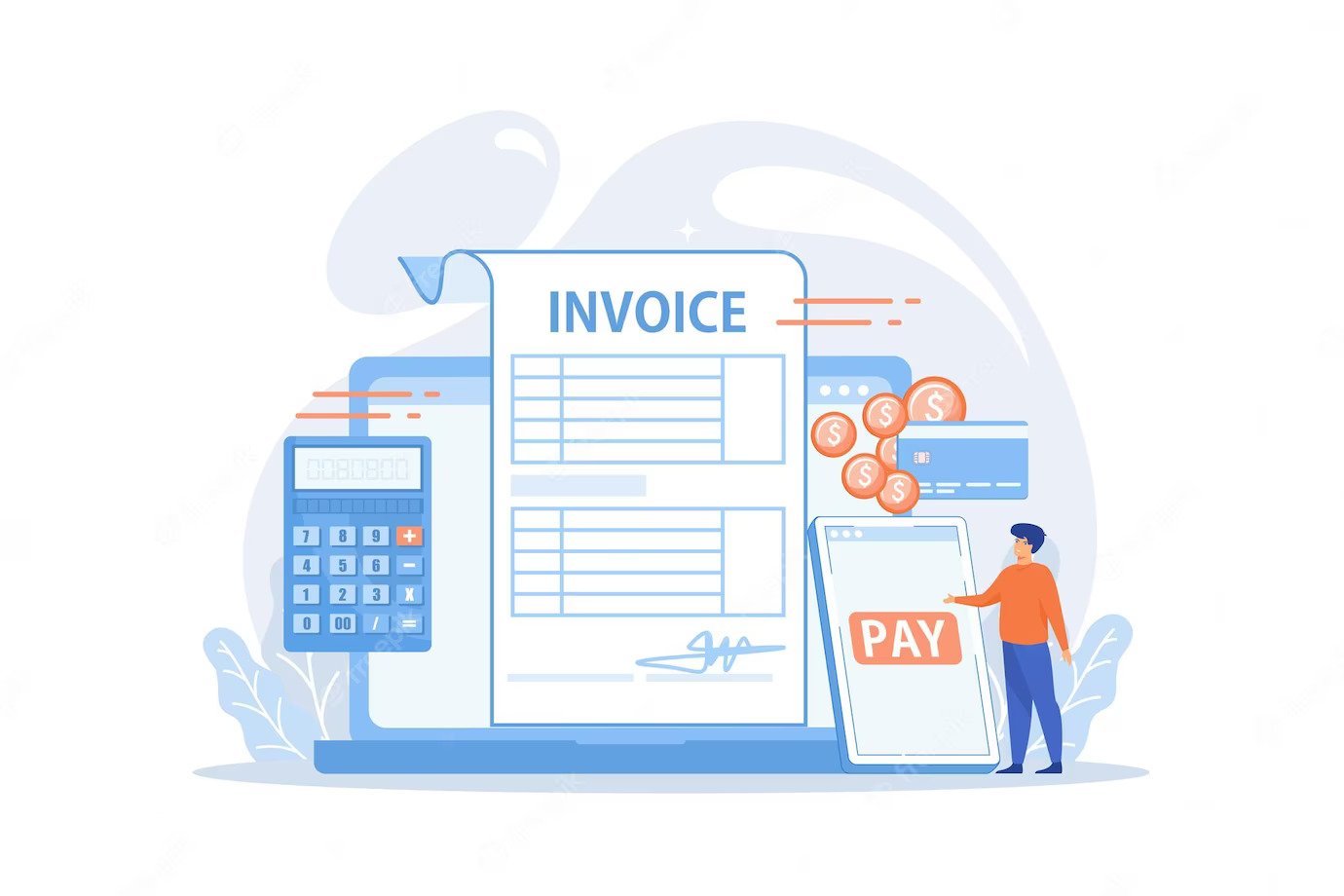Invoice and Bill are the two common words for businesses and customers involved in buying and selling. These two terms are often used closely to describe information about a business transaction.
It is interesting to note some differences that make both invoices and bills unique in their usage. In the paragraphs below, You are to learn the difference between the invoice and bill.
Also, how invoices and bills affect you in the contemporary business world. The differences between the invoice and the bill are; Firstly, an invoice comes with an assigned number specifically for accounting and tax purposes, unlike a bill with no number assigned for accounting and tax purposes.
It is important to note that payment is usually due within an agreed-upon time frame after the invoice is issued, unlike a bill issued on receipt.
Also, the invoice contains information about the customer involved in the business transaction. From a legal perspective, the invoice is a legal document used for financial reporting, whereas the bill is used just as proof of transaction.
We have been able to spot some of the differences between invoices and bills. But let’s get ourselves familiar with the terms Invoice and Bill.
Examining The Differences Between Invoice And Bill
What is an Invoice?
As simple as that question may sound, it is surprising that many be able to define it. I agree that invoice is a common term used in daily business transactions.
An invoice is a legal document given to a buyer by the seller indicating the request for payment for a business transaction.
It’s important to note an invoice contains the details of the transactions between the buyer and the seller. Therefore an invoice can be used as a legal record.
The concept of invoices in the business world is not a recent development. Although there have recent upgrades to the dynamism of the physical form of the invoice used for different business transactions.
The first set of invoices could be traced to Mesopotamia in the western region of Asia. The sellers involved in the business transaction would intentionally and purposely carve out the details of the transaction on stones tablet.
This was done to avoid misunderstandings and breaking of heads among the parties involved in the business transactions.
This is very interesting because all these events occurred in the early 5000 BC. This soon became a very tricky way of recording business transactions.
Some parties involved in the business transaction would look for trouble by destroying the stone invoice deliberately.
This was intended to cheat the seller. Also, the stone invoice generated a lot of complaints because of the weight and space occupied.
Soon, the materials used for invoices moved from stone to the use of animal skins, then to paper as technology advanced.
It is crucial to state that the advancement of technology improved how sellers outline the details of business transactions.
The advance of technology brought a dynamic change to the form of invoices and how invoices are transported.
The birth of electronic invoices brought about the creativity of how present invoices are created and used for several transactions.
The electronic form of the invoice was created to combat the cost of production of invoices and make life easier for both the buyers and sellers.
Especially when it comes to the safekeeping of invoices recorded. The electronic invoice with no time paves the way for the emergence of the online invoice.
Online invoices got strengthened by the recent development and improvement of the internet. Today, Invoices are made and sent via email and payment is made immediately online.
Recently, a new type of invoice is becoming more vocal. It is referred to as the mobile invoice. It is secured, and instantly, it is done on the move.
What are the uses of Invoices?
Invoices are used for many reasons. Some are:
- The seller uses the invoice to set a deadline for payment.
- The seller uses it as a legal document for record-keeping.
- The seller uses it to measure the performance of sales made weekly, monthly, quarterly and yearly.
What is A Bill?
In the above paragraphs, we have learnt a lot about invoices. It is time to learn about bills and their application in the business world.
A bill is a document a seller sends to a buyer indicating the amount owed by the buyer in a business transaction.
Since payment is yet to be made by the buyer, the seller uses a bill as proof of the transaction. As said earlier, bills are used to request immediate payment from the buyer.
Bill is commonly used in daily business transaction occurrences. For example, a restaurant uses a bill when a customer purchases food or services listed by the restaurant.
It is commonly characterized by three things.
- Goods and services offered.
- The total number of units purchased.
- The total amount payable.
What are the uses of a bill?
A bill could serve as many purposes as the seller sees fit. But majorly, a bill serves three purposes. Firstly, a bill is issued before payment is made.
This is done to inform the customer/buyer about the worth of the goods or services received. Bill is used by the buyer as a record to regard the business transaction that occurred.
Finally, the seller/Merchant uses a bill to remind the buyer/ customer about the payment for the goods and services received.
The question “is a receipt a billing statement?” is vast in the business world. It is important to note that a bill only contains details of goods or services and the amount owed.
A bill does not state any information about the payment to be made by the buyer/ customer. While a receipt confirms a payment made by the buyer.
In conclusion, invoice and bill are two terms that are similarly used but different in their application. The invoices and bills are crucial to businesses.
The form of invoices and bills changes because of the advancement of technology in our contemporary world. But yet the invoice and bill may be used interchangeably.













